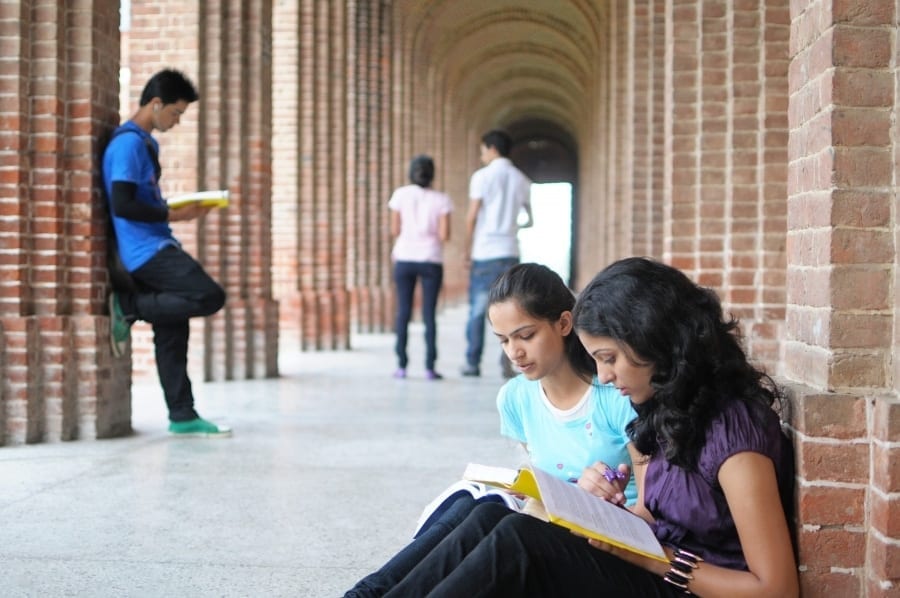
A Breakdown of Learning Styles
At Speedyprep, we understand that people learn in very different ways. Here’s a breakdown of different learning styles, and how these learners achieve learning permanence.
Visual
Visual learners access the occipital lobes of the brain. They learn best through pictures, diagrams, graphs, and videos. Visual learners often have a great spatial understanding, which allows them to be talented at visual art, visual planning and organization, utilization of physical space, and general navigation. These learners can absorb and utilize great deals of information through resources like YouTube, maps, diagrams, and visual mind maps.
Aural
Aural learners use auditory, musical, and rhythmic associations for effective learning via the temporal lobes of the brain, and are very capable when it comes to retaining information from spoken word lectures, audiobooks, and podcasts. These learners are often talented musicians, whether they explore music or not. Many Aural learners often use rhyming, rhythm, and jingles to remember concepts and principles.
Verbal/Linguistic
Verbal/linguistic learners are keen to words in either spoken, or written form, and can be avid readers and writers. These learners will often write and rewrite notes in order to achieve permanence through linguistic repetition. Mnemonic devices are also very popular amongst linguistic learners, as they can easily recognize and cling to the linguistic patterns in these devices. Linguistic learners utilize the temporal and frontal lobes of the brain.
Physical/Kinesthetic
For Physical/Kinesthetic learners, anything that can be touched, moved, rearranged, or manipulated can be incredibly memorable. Guided by the cerebellum and motor cortex of the brain, physical learners are often hindered by the educational system because they have a hard time sitting still. In fact, these learners are most absorbent of ideas and knowledge when they’re moving, touch, and manipulating their environments. Physical learners often struggle to focus during the initial learning stages, but find their way when explore the physical applications of what they’ve learning. These learners are a perfect example of “learning by doing.”
Logical
Logical learners are mathematical, procedural, and rule-oriented, with a systematic approach to solving problems. These learners are expert planners, organizers, and analyzers, and these skills are apparent in their study habits and expertly-crafted lecture notes. Numbers and statistics are easy for logical learners to interpret, which is why many logical learners become statisticians, scientists, data analysts, and mathematicians.
Social
Social learners crave group learning experiences, constant feedback, and social context for their learning material. Oftentimes, social learners are highly-extroverted, and seek synergistic, high-energy groups to learn material and accomplish tasks. Social learners are often competitive, and enjoy tossing their ideas off of more knowledgeable individuals, who can provide them with expert advice and insight on their learning material.
Solitary
Solitary learners are the classical, introverted, bookworm learners of the bunch. They often attempt to remove the subjectivity and social stimulation of groups from the learning equation, and prefer to learn in silent, empty environments. Solitary learners are on the outside looking in, which gives them exemplary observational skills and unparalleled objectivity.
Which learning style are you?
Ultimately, most people are a hybrid of two or more learning styles, and use multiple methods of achieving learning permanence. SpeedyPrep has kept these learning styles in mind, and provides study material including writing, audio, video, and text—so no matter what learning style you have, you’ll be ready to take on your CLEP exams.

